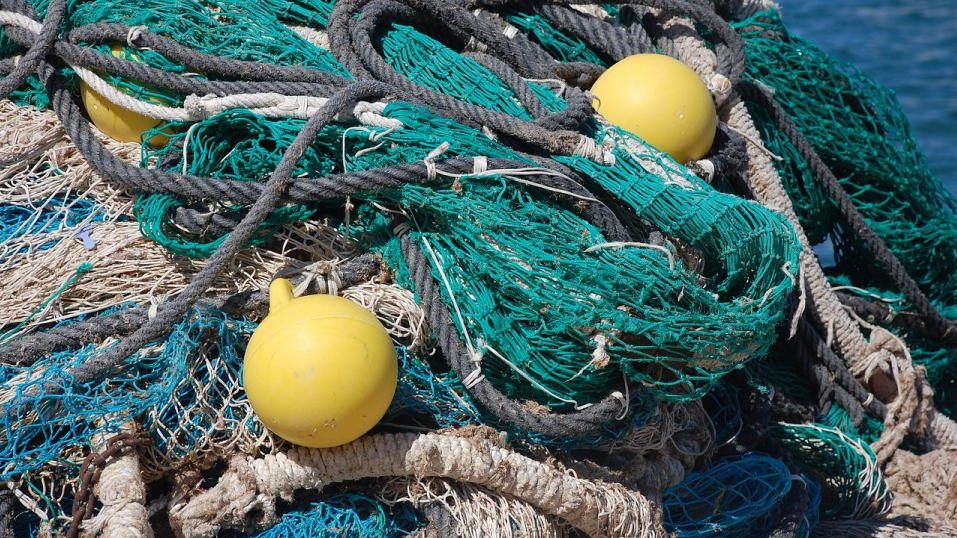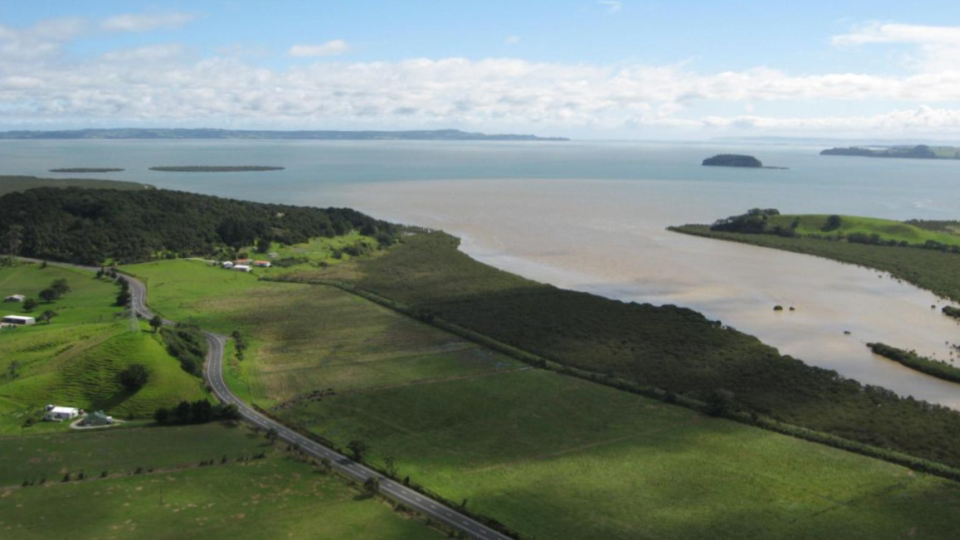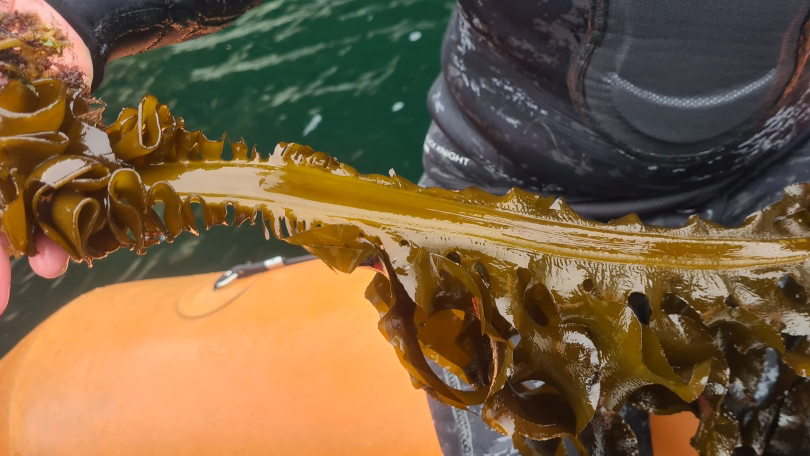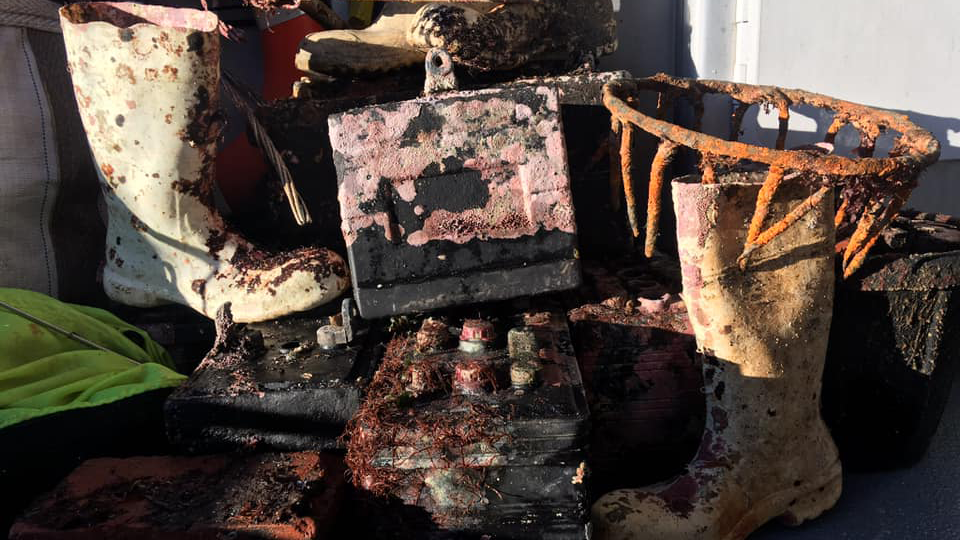People value and use the ocean in different ways. To keep our marine ecosystems healthy, we need to manage how we use these areas. For hundreds of years, people have used the sea for food, fun, and as a place to dump waste. Today, we’re more aware of how important the ocean is to our planet, its animals, and even the climate.
It's not just what we do in the sea that matters – what we do on land also affects the ocean, as all rivers eventually flow to the sea. As guardians of the ocean, we need to learn about our marine areas to help protect them.

To keep our marine ecosystems healthy, we need to manage how we use these areas. Source: LEARNZ.
Main threats to our marine ecosystems
Some of the biggest threats to our ocean include:
- overfishing – taking too much seafood or other resources
- pollution – chemicals and waste flowing from land to sea
- sedimentation – dirt and sand that build up in the ocean
- invasive species – harmful species that enter our waters from other regions
- climate change – warming seas and ocean acidification
- urban development – building on beaches and near the ocean
- driving on beaches – vehicles can damage shore habitats.
Fishing
For ages, people near the sea have relied on fishing for food. But with better equipment, larger boats, and more people fishing, overfishing has become a problem. Some methods, like trawling and dredging, can damage the seafloor and catch species they aren’t targeting, called bycatch.
To help prevent overfishing, New Zealand’s Ministry for Primary Industries (MPI) sets limits on the amount of fish that can be caught.

Overfishing is a threat to our marine ecosystems. Source: Public Domain.
Pollution
Our oceans have long been used as a dumping ground for waste, but we now realise this harms marine life and the people who rely on the ocean for food and recreation. Pollution can be direct, like an oil spill, or indirect, like chemicals and trash from land that flow into the sea through rivers and drains. In some areas, pollution has built up so much that eating fish or shellfish is unsafe.
Eutrophication
Eutrophication happens when too many nutrients (like those from fertilisers on farms) end up in the ocean. This causes algae, or phytoplankton, to grow quickly. When the algae die, bacteria break them down, using up oxygen in the water and killing other plants and animals.
Sedimentation
Rain, rivers, and streams wash sediment (like dirt and sand) into the ocean, especially when land is cleared for building. This can cover the ocean floor, smothering plants and animals that live there. Too much sediment makes the water cloudy, which blocks sunlight and makes it hard for seaweeds or plants like seagrass to survive. It also affects animals that hunt by sight, like certain fish and birds.

Invasive species
Invasive species are plants or animals that aren’t native and cause harm to the ecosystem. Some arrive by accident on ships, and others are carried by the wind or water. These species can spread quickly, often outcompeting native species and being very hard to remove.

Invasive species, like this seaweed called Undaria, can spread quickly, often outcompeting native species and being very hard to remove. Source: LEARNZ.
Climate change and ocean acidification
Climate change brings bigger storms, more sediment in the ocean, and warmer sea temperatures. Since the 1950s, the ocean has absorbed more than 90% of the extra heat from greenhouse gases, which affects marine life.
Warmer water also expands, contributing to sea-level rise. The ocean also absorbs carbon dioxide (CO₂), making it more acidic. This can harm sea creatures with shells and other marine animals.
Other impacts
How people use the land and sea can also harm marine ecosystems:
- reclaiming land – turning coastal areas into land for building can destroy marine habitats
- sand removal – for construction or dredging, which affects marine habitats
- dumping rubbish – pollutes the water and buries marine plants and animals
- aquaculture (farming fish) – waste from farms can harm the surrounding ecosystem
- 4WD vehicles on beaches – can damage plants and disturb birds’ nests.
By understanding these threats, we can take action to protect and keep our marine ecosystems healthy for the future.

Māori kupu | key words
whakawetiweti | threats
hī ika | fishing
waipara | sediment
whakauka | conservation
ahumahi | industry
āhuarangi | climate
kīrearea | pest



